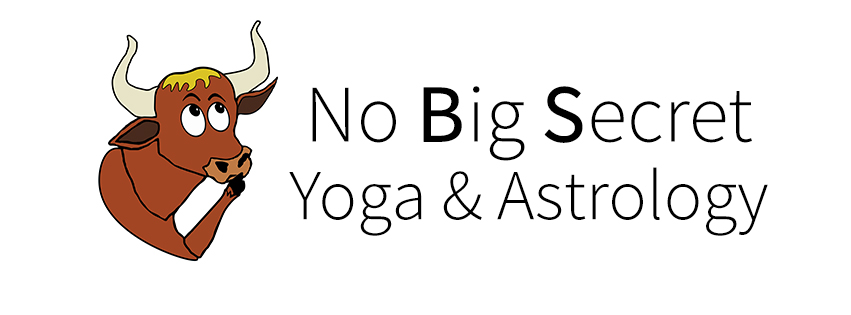What Does Quantum Physics Say About Consciousness?
First of all, I am an armature physicist with a superficial understanding of quantum mechanics. It's becoming a popular trend in the New Age and spiritual community to use this superficial understanding of quantum physics to justify slinging quackery like "The Secret". Have you ever seen that movie? It would make it seem like all you have to do is imaging yourself driving a Ferrari or getting some random check in the mail and the "Law of Attraction" will make it happen. By now, I'm sure most of the people that have seen that movie realize the only person getting checks in the mail or driving a Ferrari is Rhonda Byrne, the author of the movie.
This is why I am glad we have scientist out there to put hucksters into check. I think though, that most scientists have the same wonderment of the Universe as many spiritual seekers do. That natural curiosity drives us to seek out answers to what we don't understand. Yoga uses it's own set of rules, just like traditional scientific method, to guide a person to conclusions about nature. I do not think either one was meant to become a set of dogmatic rules to validate confirmation bias as we see people do so much of today.
So I still have my love of science, especially quantum physics and astronomy. One things that I find peculiar is how a particle is a wave until it's observed, then it becomes a particle. Physicists are still trying to solve this perplexing issue, although the math is spot on. The best scientific explanation I have read is that whenever we try to observer a quantum particle, such as an electron, the photons used to do the actual observation of the particle change the nature of the particle itself. On the other hand, could our conscious expectations actually influence the result?
In my earlier posts, I speak about how the primary principal of Yoga is that we are all consciousness entangled in matter, and by clearing out our associations with matter, we become free. Some philosophers has hypothesized that the lines between spirituality, science and art will slowly erase over time and all will merge into one.
The human capacity to project consciousness on to the environment is astounding. With our own selective interpretations, we see what we want to see. Perhaps as we go along, we can move past this instinct and grow collectively.


